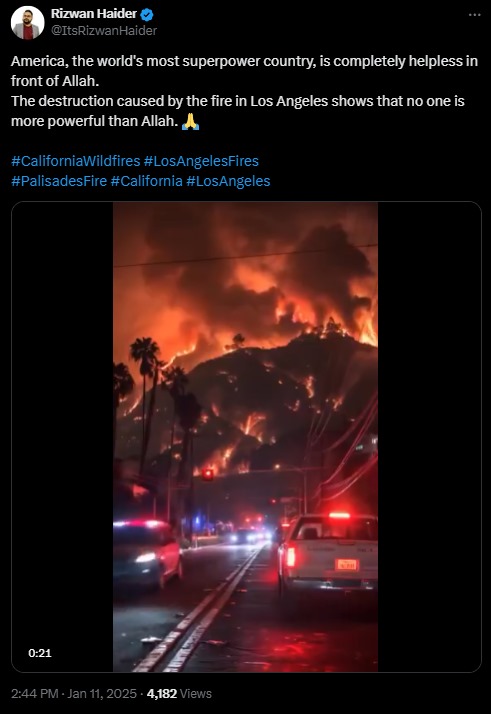Indian Judiciary's Stance on Deepfakes
Introduction
An age of unprecedented problems has been brought about by the constantly changing technological world, and misuse of deepfake technology has become a reason for concern which has also been discussed by the Indian Judiciary. Supreme Court has expressed concerns about the consequences of this quickly developing technology, citing a variety of issues from security hazards to privacy violations to the spread of disinformation. In general, misuse of deepfake technology is particularly dangerous since it may fool even the sharpest eye because they are almost identical to the actual thing.
SC judge expressed Concerns: A Complex Issue
During a recent speech, Supreme Court Justice Hima Kohli emphasized the various issues that deepfakes present. She conveyed grave concerns about the possibility of invasions of privacy, the dissemination of false information, and the emergence of security threats. The ability of deepfakes to be created so convincingly that they seem to come from reliable sources is especially concerning as it increases the potential harm that may be done by misleading information.
Gender-Based Harassment Enhanced
In this internet era, there is a concerning chance that harassment based on gender will become more severe, as Justice Kohli noted. She pointed out that internet platforms may develop into epicentres for the quick spread of false information by anonymous offenders who act worrisomely and freely. The fact that virtual harassment is invisible may make it difficult to lessen the negative effects of toxic online postings. In response, It is advocated that we can develop a comprehensive policy framework that modifies current legal frameworks—such as laws prohibiting sexual harassment online —to adequately handle the issues brought on by technology breakthroughs.
Judicial Stance on Regulating Deepfake Content
In a different move, the Delhi High Court voiced concerns about the misuse of deepfake and exercised judicial intervention to limit the use of artificial intelligence (AI)-generated deepfake content. The intricacy of the matter was highlighted by a division bench. The bench proposed that the government, with its wider outlook, could be more qualified to handle the situation and come up with a fair resolution. This position highlights the necessity for an all-encompassing strategy by reflecting the court's acknowledgement of the technology's global and borderless character.
PIL on Deepfake
In light of these worries, an Advocate from Delhi has taken it upon himself to address the unchecked use of AI, with a particular emphasis on deepfake material. In the event that regulatory measures are not taken, his Public Interest Litigation (PIL), which is filed at the Delhi High Court, emphasises the necessity of either strict limits on AI or an outright prohibition. The necessity to discern between real and fake information is at the center of this case. Advocate suggests using distinguishable indicators, such as watermarks, to identify AI-generated work, reiterating the demand for openness and responsibility in the digital sphere.
The Way Ahead:
Finding a Balance
- The authorities must strike a careful balance between protecting privacy, promoting innovation, and safeguarding individual rights as they negotiate the complex world of deepfakes. The Delhi High Court's cautious stance and Justice Kohli's concerns highlight the necessity for a nuanced response that takes into account the complexity of deepfake technology.
- Because of the increased complexity with which the information may be manipulated in this digital era, the court plays a critical role in preserving the integrity of the truth and shielding people from the possible dangers of misleading technology. The legal actions will surely influence how the Indian judiciary and legislature respond to deepfakes and establish guidelines for the regulation of AI in the nation. The legal environment needs to change as technology does in order to allow innovation and accountability to live together.
Collaborative Frameworks:
- Misuse of deepfake technology poses an international problem that cuts beyond national boundaries. International collaborative frameworks might make it easier to share technical innovations, legal insights, and best practices. A coordinated response to this digital threat may be ensured by starting a worldwide conversation on deepfake regulation.
Legislative Flexibility:
- Given the speed at which technology is advancing, the legislative system must continue to adapt. It will be required to introduce new legislation expressly addressing developing technology and to regularly evaluate and update current laws. This guarantees that the judicial system can adapt to the changing difficulties brought forth by the misuse of deepfakes.
AI Development Ethics:
- Promoting moral behaviour in AI development is crucial. Tech businesses should abide by moral or ethical standards that place a premium on user privacy, responsibility, and openness. As a preventive strategy, ethical AI practices can lessen the possibility that AI technology will be misused for malevolent purposes.
Government-Industry Cooperation:
- It is essential that the public and commercial sectors work closely together. Governments and IT corporations should collaborate to develop and implement legislation. A thorough and equitable approach to the regulation of deepfakes may be ensured by establishing regulatory organizations with representation from both sectors.
Conclusion
A comprehensive strategy integrating technical, legal, and social interventions is necessary to navigate the path ahead. Governments, IT corporations, the courts, and the general public must all actively participate in the collective effort to combat the misuse of deepfakes, which goes beyond only legal measures. We can create a future where the digital ecosystem is safe and inventive by encouraging a shared commitment to tackling the issues raised by deepfakes. The Government is on its way to come up with dedicated legislation to tackle the issue of deepfakes. Followed by the recently issued government advisory on misinformation and deepfake.








